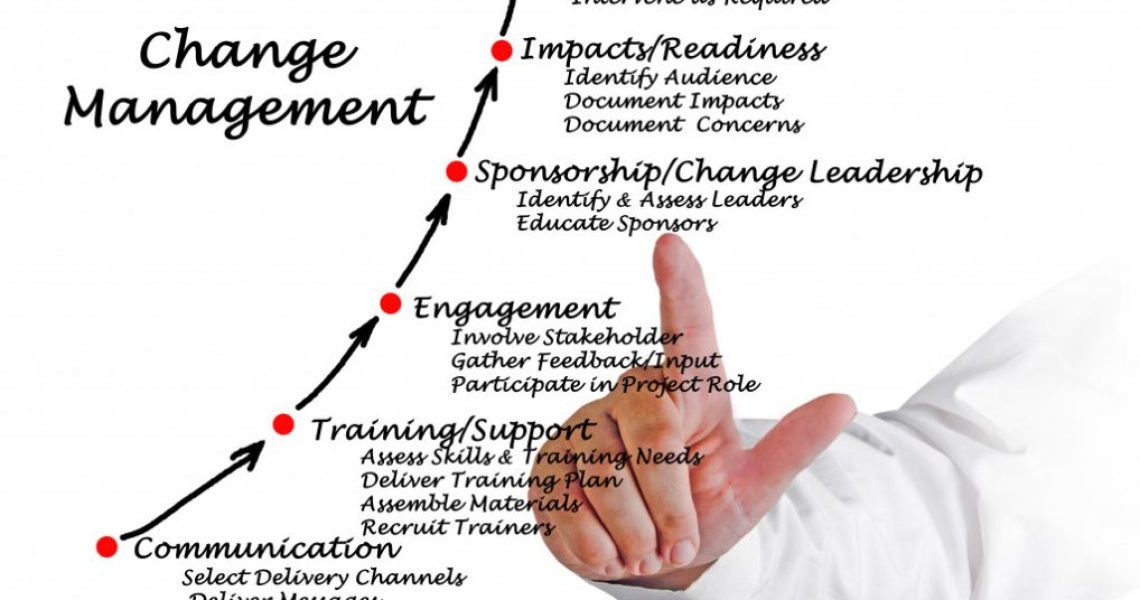- Project management software helps teams to stay organized and track progress in real-time.
- Communication tools facilitate virtual meetings, discussions, and document sharing for collaboration.
- Learning management systems enable employees to acquire new skills or knowledge quickly.
- Data analytics and business intelligence tools provide valuable insights during change initiatives.
- A regularity change management software ensures compliance with industry standards.
Change is an inevitable part of running a business. Whether implementing new processes, adopting new technologies, or adapting to market trends, change management is essential for ensuring a smooth transition and maximizing the benefits of change. This guide will explore five technologies that can greatly assist in change management efforts. Incorporating these tech solutions into your business can enhance communication, collaboration, and overall efficiency during times of change.
1. Project Management Software
Project management software is a powerful tool for organizing and tracking change management initiatives. With features like task management, team collaboration, and progress tracking, project management software keeps everyone involved in the change process aligned and accountable. It enables you to set clear goals, assign tasks, and monitor progress in real-time. Utilizing project management software can streamline change initiatives, improve communication, and ensure everyone is on the same page throughout the process.
Here are the most common project management software today:
Trello
Trello is an easy-to-use, web-based project management software that provides teams with an organized way to track and manage tasks. It uses boards, lists, and cards to help you easily access all your projects in one place. With Trello, you can assign tasks to team members, prioritize work items using labels and colors, share files securely, and collaborate on projects quickly and efficiently. Plus, the drag-and-drop interface makes it easy for users of any experience level to get up and running quickly.
Asana
Asana is a feature-rich project management platform that supports large teams working on complex projects. It offers many features, including task management, file-sharing options, conversations and collaboration tools, customizable dashboards, automated workflows, and timely notifications. With Asana’s powerful editing capabilities, you can quickly adjust tasks or deadlines while ensuring all team members stay on top of their responsibilities.
Jira
Jira is an enterprise-grade project management platform built to handle large projects with multiple components and dependencies. It provides users with a comprehensive set of features that streamline the creation of projects from start to finish. With Jira’s flexible issue-tracking system, you can easily map out stories into sprints and track progress in real-time. In addition to its detailed reports and custom workflow configurations, teams can use Jira to collaborate with various third-party tools or integrate their own custom solutions.
TeamGantt
TeamGantt is an intuitive project management software built for teams that need to manage complex projects and timelines without compromising on design. It enables users to create engaging Gantt charts that help visualize dependencies, adjust milestone dates quickly, and maximize resource utilization. Plus, its drag-and-drop scheduling functionality provides teams with powerful project planning tools they need to stay organized and keep projects on track. With TeamGantt, you’ll be able to see the big picture while still focusing on the details of each task.
2. Communication and Collaboration Tools

Effective communication is crucial during times of change. Utilizing communication and collaboration tools such as instant messaging platforms, video conferencing software, and shared document platforms can greatly enhance communication and collaboration within your team. These tools facilitate real-time discussions, virtual meetings, and document sharing, allowing team members to stay connected and work together seamlessly, regardless of their physical location. By fostering open communication and collaboration, you can ensure that information is effectively shared, questions are addressed promptly, and progress is tracked efficiently.
3. Learning Management Systems (LMS)
Change often requires employees to acquire new skills or knowledge. A learning management system (LMS) is a technology solution that enables you to deliver training and educational materials to your workforce. Through an LMS, you can create and distribute online courses, quizzes, and other learning resources. This allows employees to learn quickly and access the necessary information to adapt to the changes effectively. An LMS also provides the ability to track employees’ progress, assess their comprehension, and provide additional support.
4. Data Analytics and Business Intelligence Tools

Data analytics and business intelligence tools can provide valuable insights during change. By analyzing data related to customer behavior, market trends, and internal processes, these tools can help you make informed decisions and identify areas where change is needed. Data analytics tools can provide visual representations of data, predictive analytics, and reporting capabilities, allowing you to monitor the impact of change initiatives and make data-driven adjustments as necessary. By harnessing the power of data, you can optimize your change management efforts and ensure that decisions are based on accurate and relevant information.
5. Regularity Change Management Software
Investing in reliable regularity change management software can streamline your process of managing changes in regulated industries. It allows organizations to manage and track regulatory requirements, document changes, and generate reports for auditing purposes. This type of software can help reduce compliance risks while ensuring that regulations are properly followed at all times. By utilizing regularity change management software, you can remain compliant with industry standards and protect your business from potential fines and other penalties.
In Summary
Incorporating these tech solutions into your change management efforts can enhance communication, collaboration, learning, data analysis, and overall efficiency. Project management software keeps everyone aligned, communication and collaboration tools foster teamwork, learning management systems enable effective training, data analytics tools provide insights, and change management software ensures a structured approach to change. Embracing these technologies will empower your business to adapt to change effectively and stay ahead in today’s dynamic business environment.

